What you need for healthy smoothies - and what to avoid
Not all smoothies are created equal

From protein powders to fresh fruit, you may already have your go-to ingredients when making your morning or afternoon smoothie. After all, there are those who enjoy the taste of kale and other leafy greens, while others prefer to keep their smoothies fruit-based only.
Depending on your goals, certain foods in your smoothies can be useful in helping you maintain a healthy lifestyle, as the drinks are a relatively quick and easy way to increase your consumption of fruits and vegetables, and provide a number of beneficial fats, vitamins, carbohydrates, proteins, and minerals.
However, this isn’t to say that every food out there blends perfectly with your drink. In fact, while there are many healthly additions you can blend into your smoothie, there are also some options that you may want to avoid.
Try adding almond butter
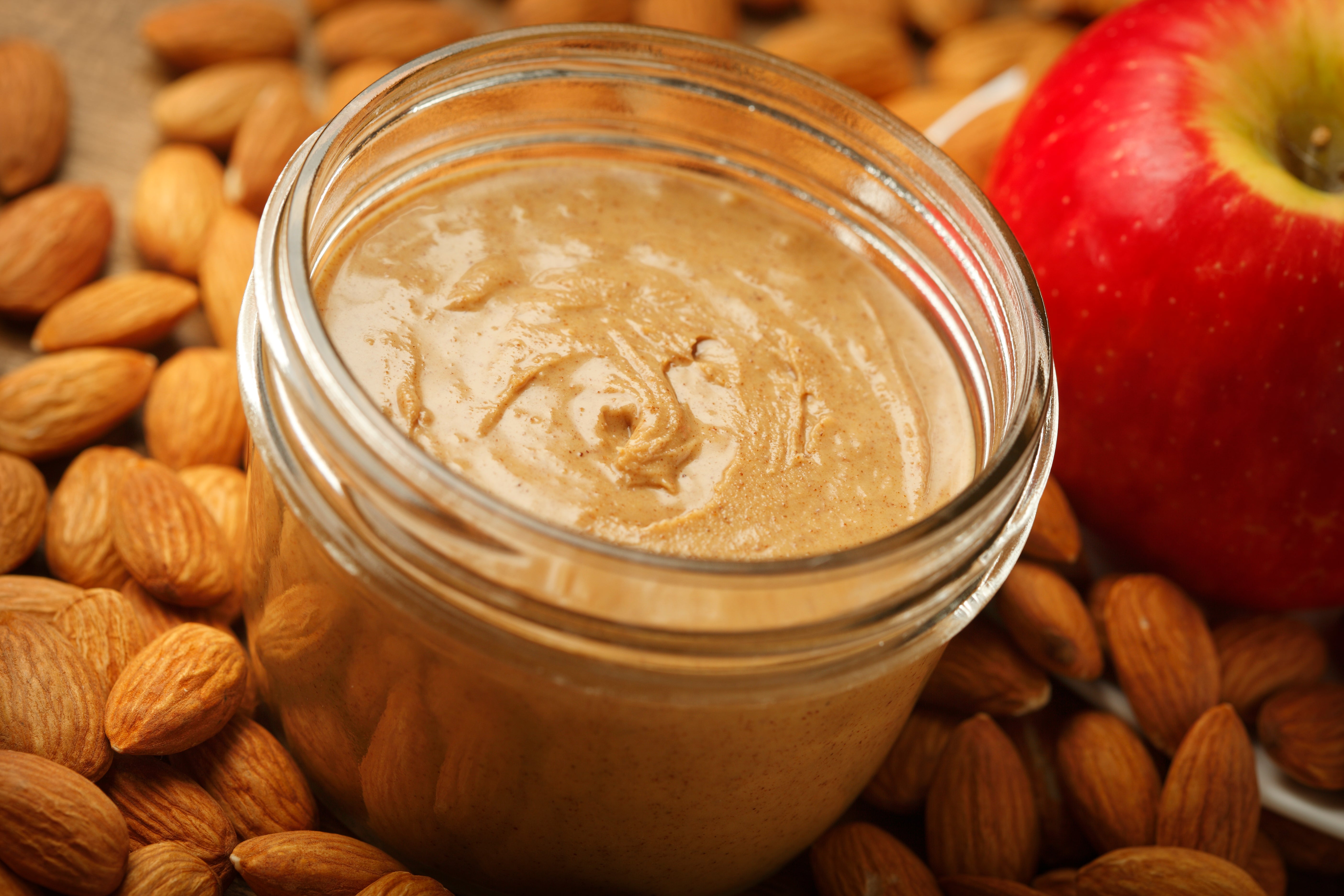
With its thick and creamy consistency, almond butter is a perfect addition to a nicely blended smoothie. But most importantly, the ingredient is not only good for your heart, but it’s also rich in nutrients. According to the Food Network, two tablespoons of almond butter can give your body up to six grams of protein.
It can also give some added flavor to any fruit or vegetable, from celery to dried apples, that you’ve put in your blender.
Avoid flavoured yoghurt
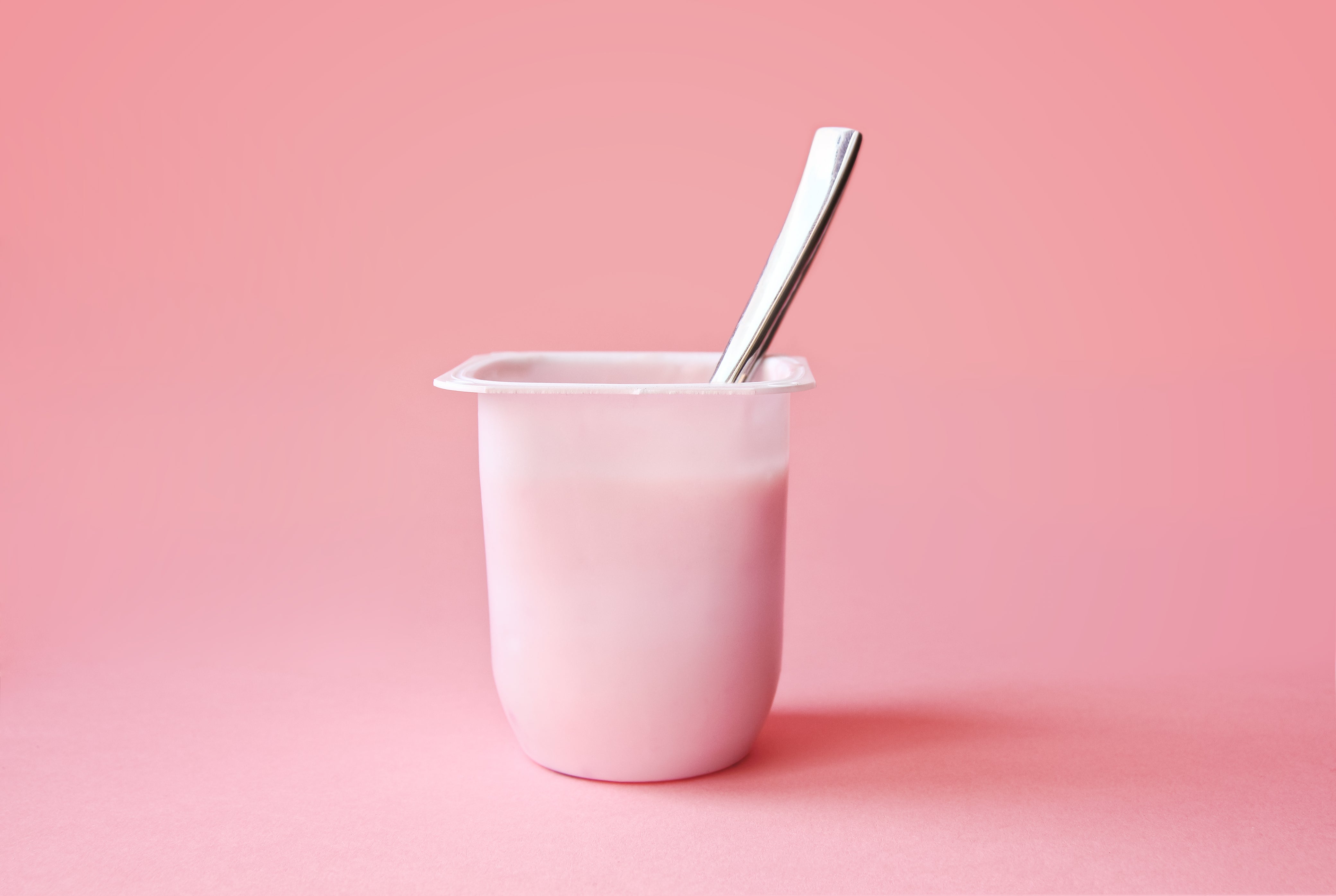
While it may add some sweetness to your smoothie, flavoured yoghurt may not be nearly as essential as you think. In fact, when added on with the fruit already in your smoothie, it can just end up adding more calories to your drink.
Compared to plain yoghurt, flavoured ones also contain much more sugar. As noted by Health Digest, a single cup of regular yoghurt has six to eight grams of sugar in it, while flavoured yoghurt has around 26 grams. This may also mean you are consuming way more sugar than is recommended, as, according to the American Heart Association, the recommended daily intake of added sugar is a maximum of 36 grams for men and 25 grams for women.
Add tofu

While tofu may seem like an odd ingredient for a smoothie, once it’s blended in, you probably won’t even notice it’s there. And, although it may be tasteless, this plant-based food can also help you feel more full when eating.
Similar to almond butter, tofu is high in protein. According to Healthline, half a cup of tofu alone has a total of eight grams of protein in it.
Avoid artificial sweeteners
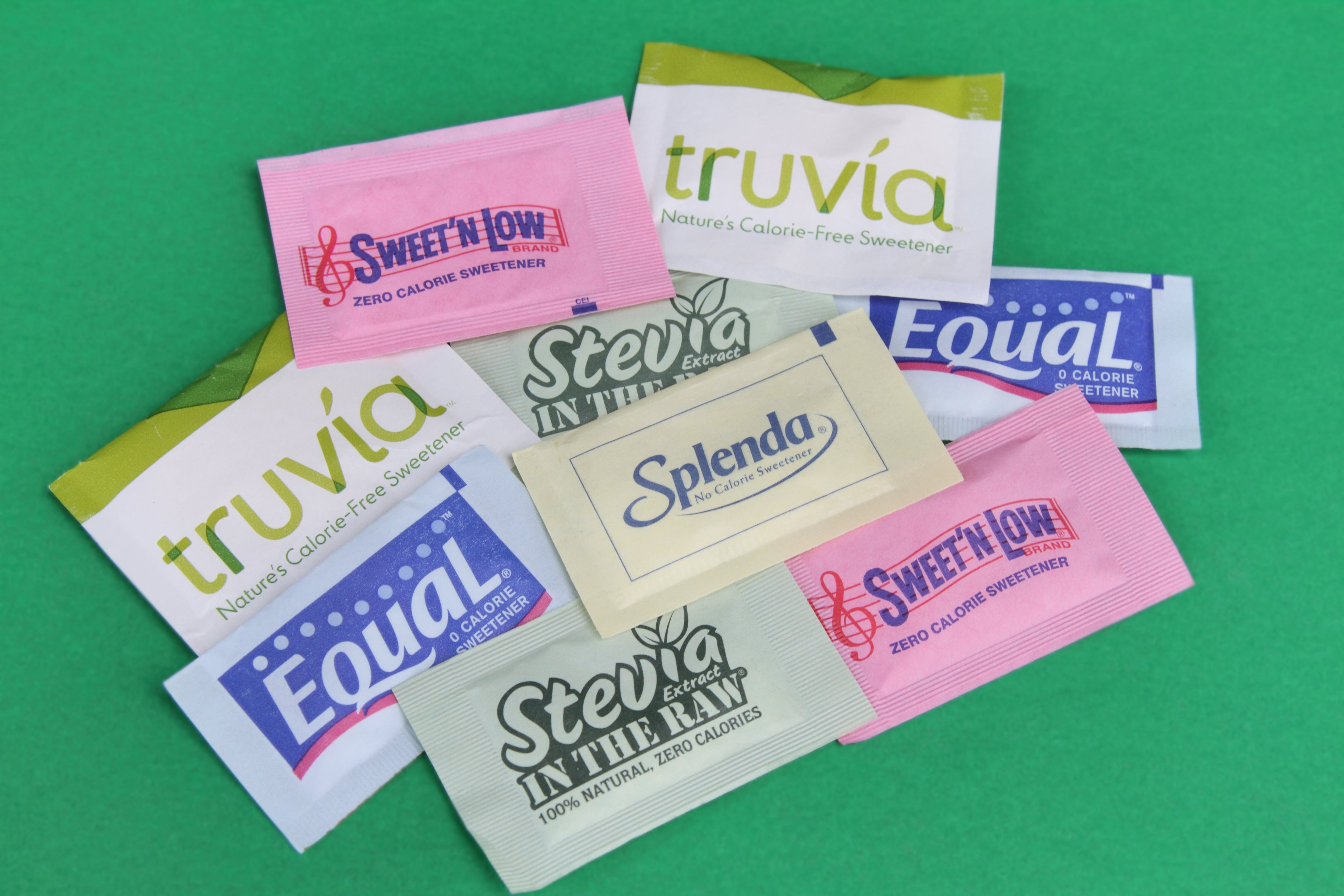
If your smoothie has a lot of fruit in it already, then you most likely don’t need to add any more sugar, as you risk going over your recommended daily sugar intake. And while artificial sweeteners can provide you with the taste that you love for fewer calories, they can still negatively affect your metabolism.
Speaking to Women’s Health in 2017, registered dietitian and nutritionist Christy Brissette said that when you taste the artificial sweetness, your body can prepare “for an increase in energy that never arrives.” This can potentially cause your appetite to increase and lead to weight gain.
Add chia seeds
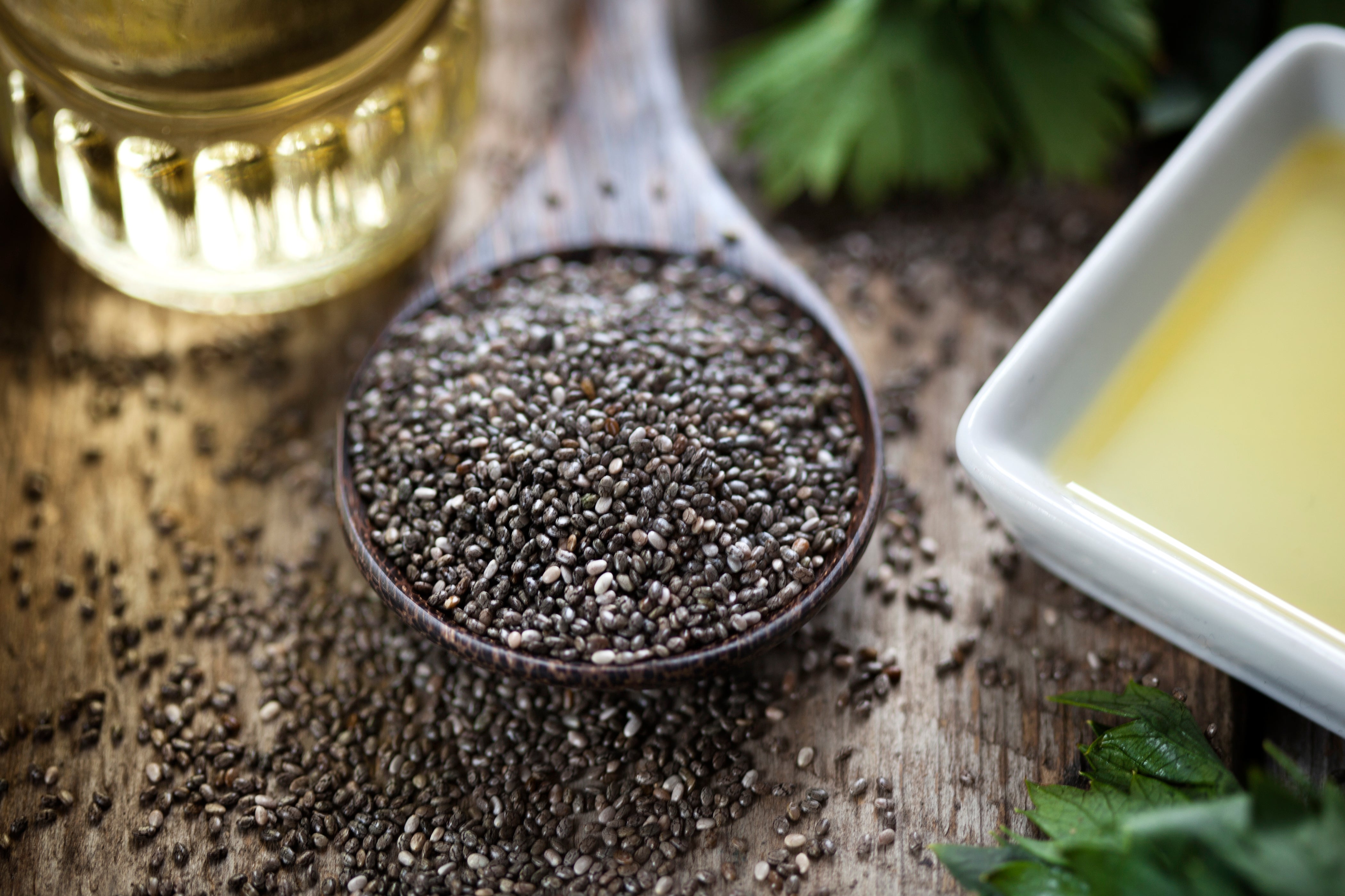
Although the thought of eating chia seeds may not sound so appealing, or it may be the texture that is off-putting, they can still work well in a smoothie. For example, you have the option of soaking them overnight before putting them in your smoothie or simply tossing them in once the smoothie is already made.
As for why you’d risk the texture, Healthline notes that half a cup of chia seeds contains 16.5 grams of protein and 34.4 grams of fibre. The seeds also have 17.83 grams of omega-3, which is a good source of energy for your body.
Try to avoid fruit juice
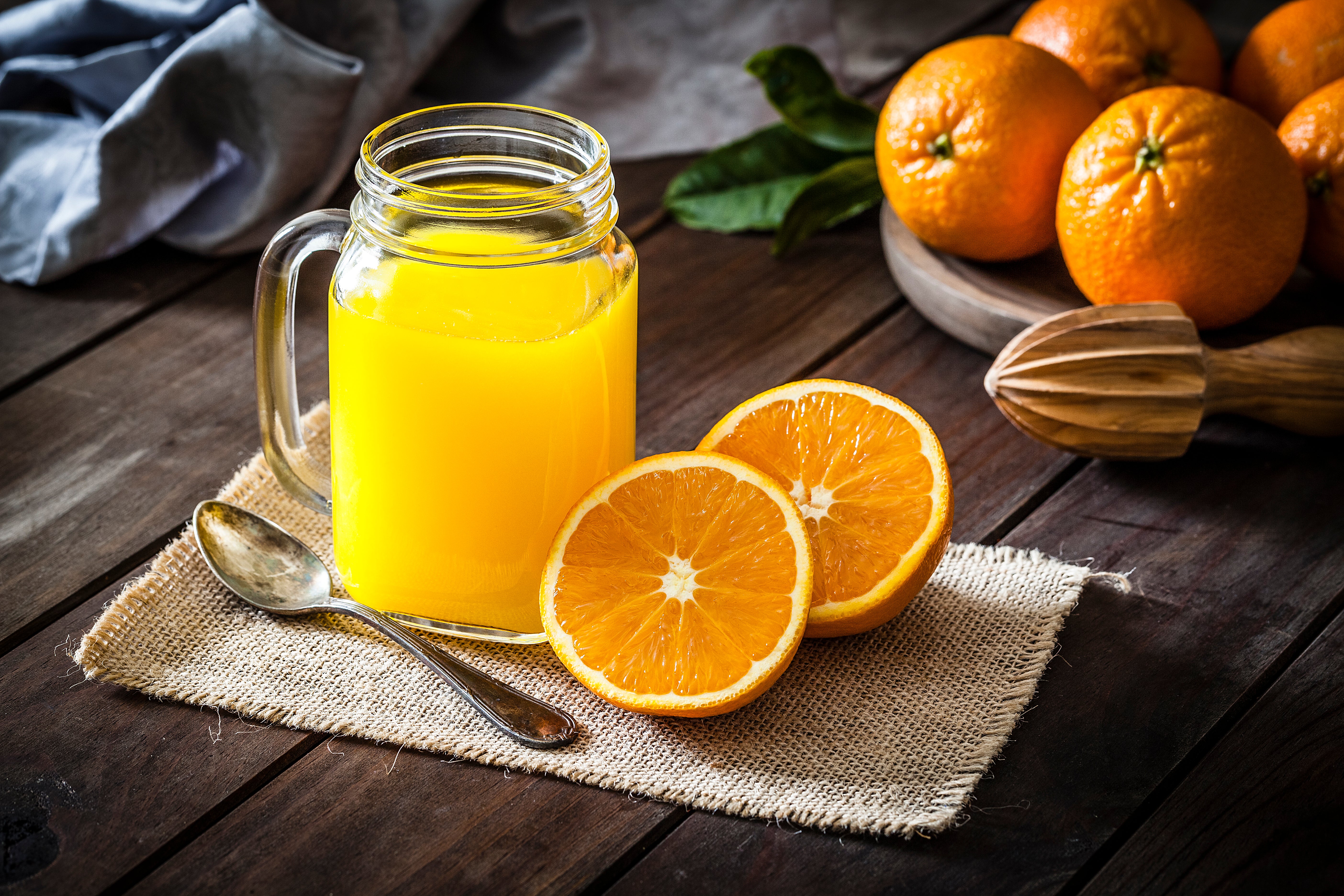
Just like artificial sweeteners and yoghurt, you may consider adding fruit juice to your smoothie to make it taste better. However, because it is high in calories and sugar, fruit juice isn’t the healthiest option.
So, sticking to real fruit and turning away from juice can give your smoothie all the flavour it needs. “Lean towards fibre-rich fruits such as berries, pears, apples, and add leafy greens for additional fibre,” registered dietitian nutritionist Vandana Sheth told Prevention in 2017.
Join our commenting forum
Join thought-provoking conversations, follow other Independent readers and see their replies
Comments


Bookmark popover
Removed from bookmarks